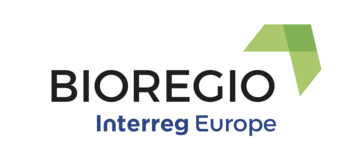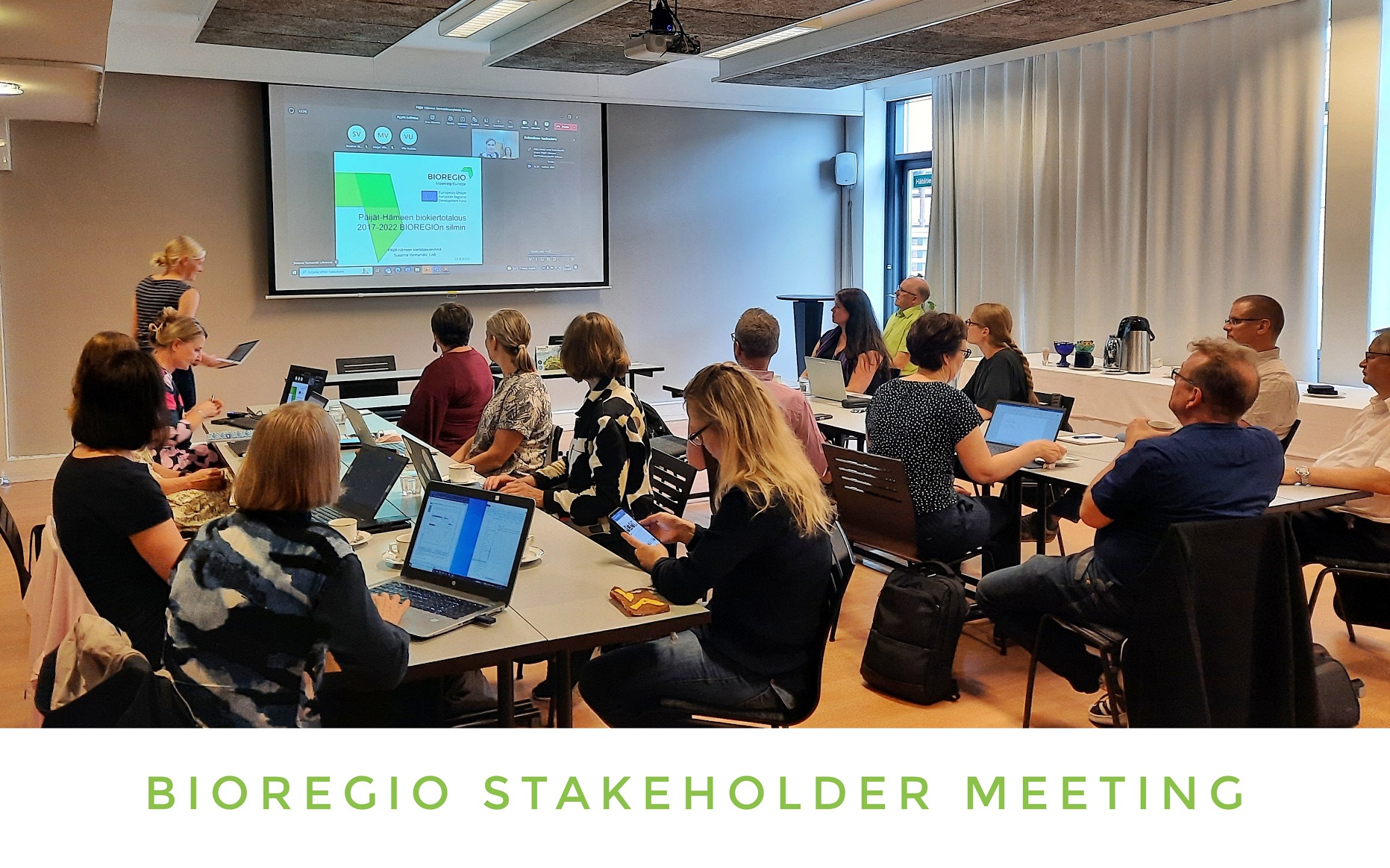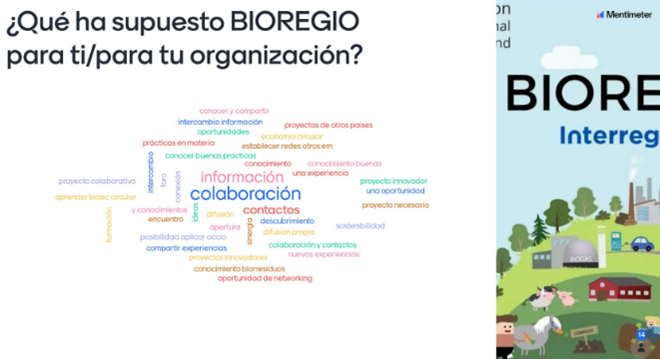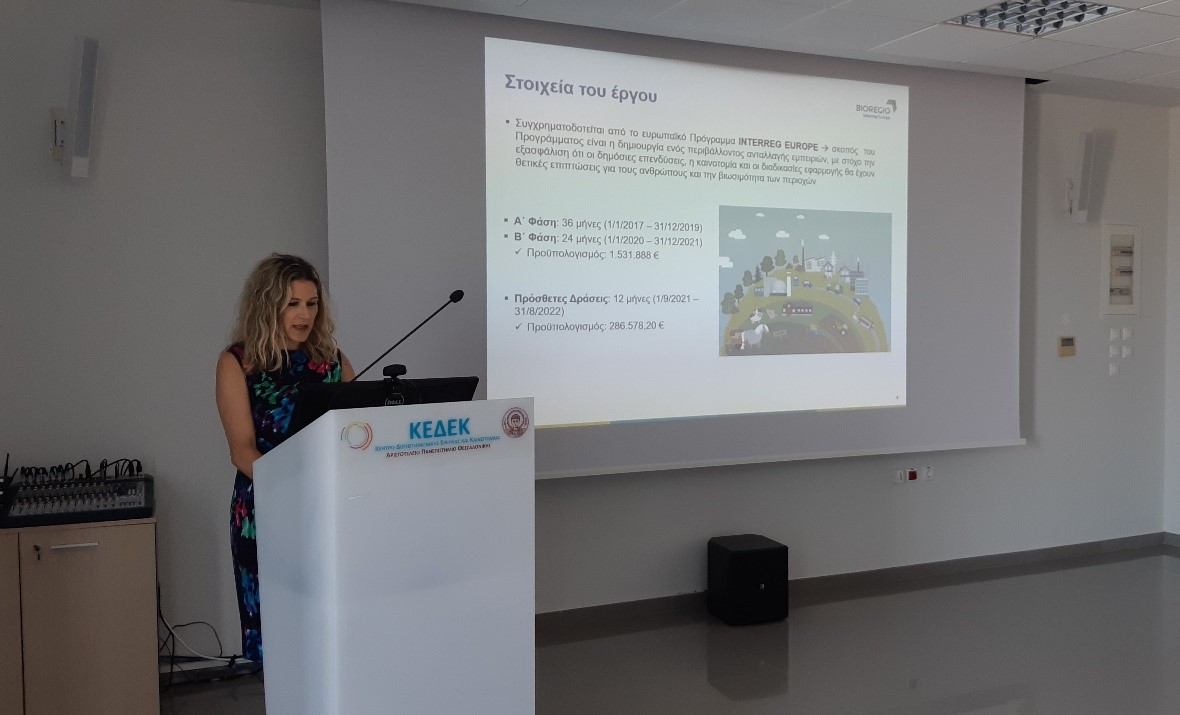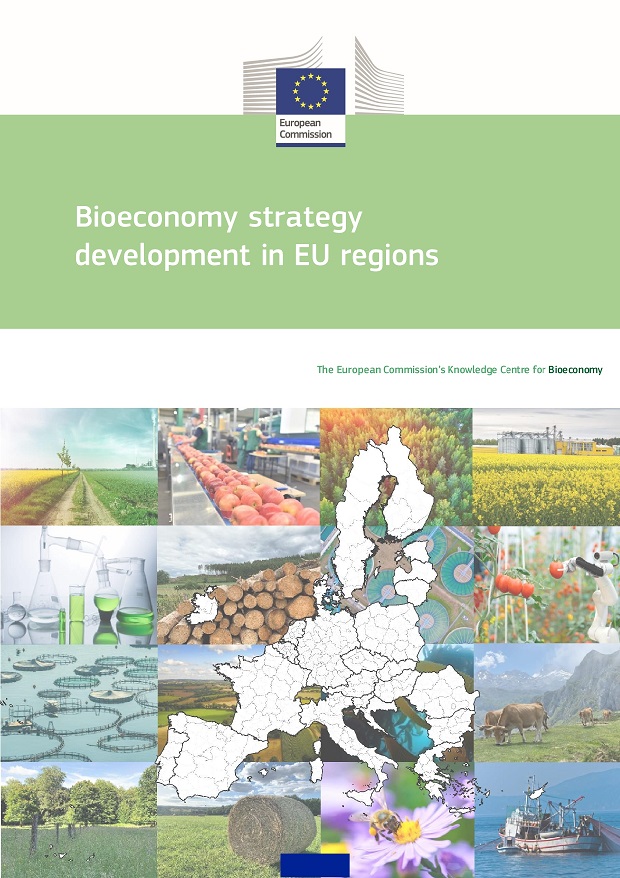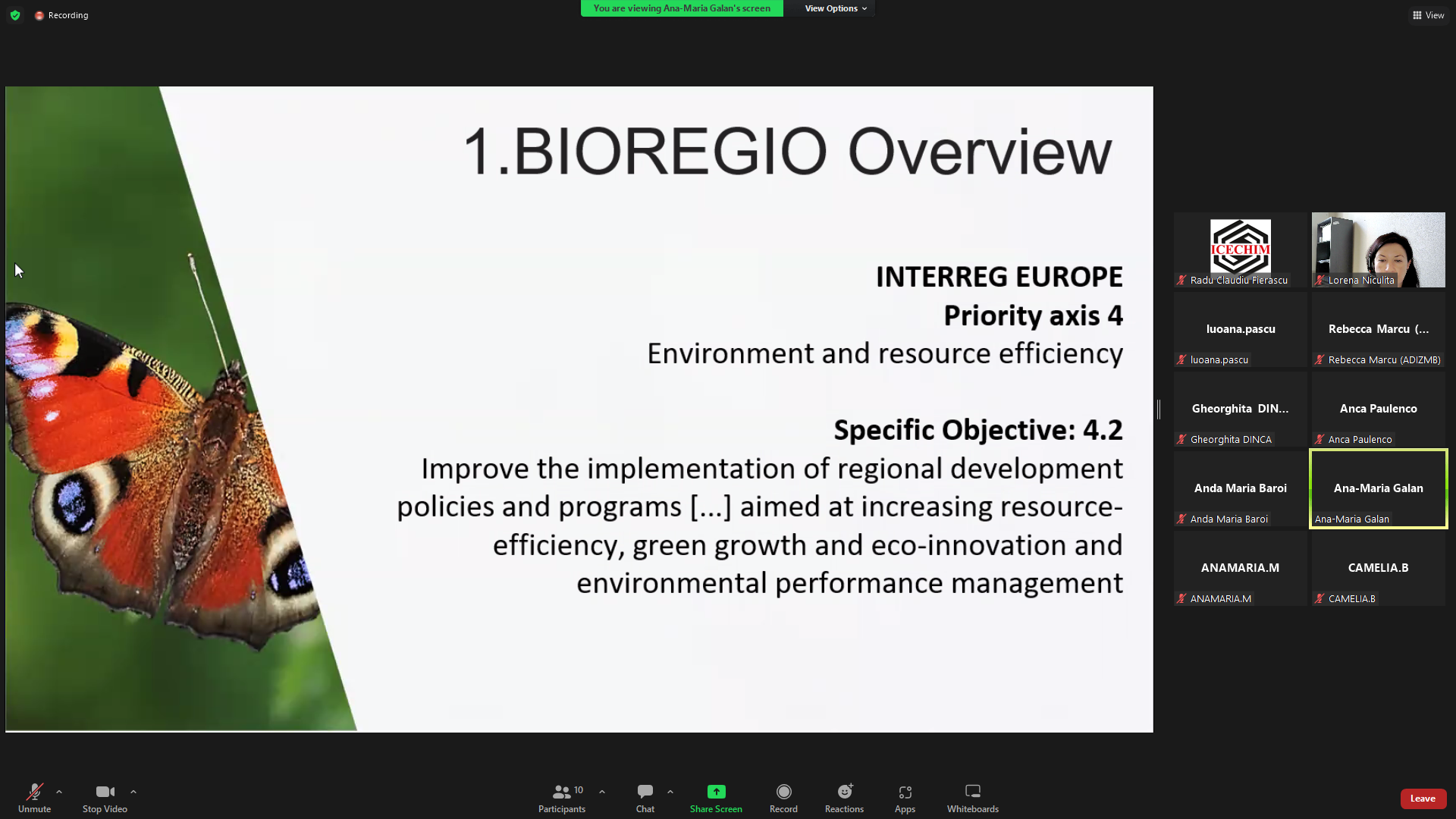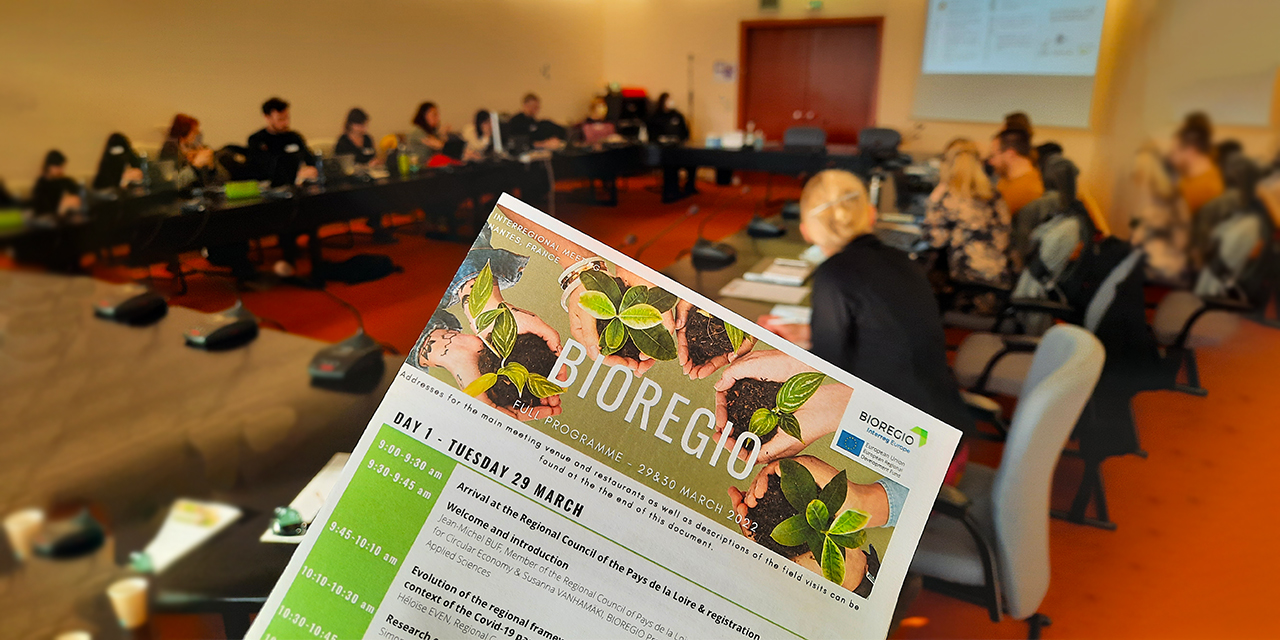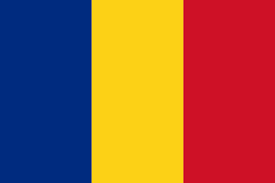This expert paper was written by the BIOREGIO partners in Finland. The article was originally published in the Lahti Circular Economy Annual Review 2017, issued in the Publication Series of Lahti University of Applied Sciences, part 31.
Please read the full version of the Lahti Circular Economy Annual Review 2017 , where the article can be found on page 48-57 or download just the article in pdf form.
Bio-based Circular Economy Good Practices in Päijät-Häme - short summary
- Effective municipal waste separation and collection - industrial symbiosis The Päijät-Häme Waste Management company (PHJ), located in the Kujala Waste Treatment Centre, is the core of the Kujala industrial symbioses. Due to a sophisticated at-source sorting system, in 2016, only 3% of the total waste generated in the region was landfilled. PHJ’s landfill gas is captured for energy use via the regional energy company and distributed directly from the landfill to PHJ’s premises and to a nearby beverage producer. PHJ also collects energy waste, which is processed into a solid recovered fuel consisting of wood waste and household waste, for the nearby gasification power plant, to produce district heat and electricity for the Lahti region. The biowaste and sewage sludge are treated in the biogas and composting facility, LABIO.
- Utilisation of biowaste streams - bio-based industrial symbiosis The bio-based part of the Kujala industrial symbiosis is particularly interesting from the BIOREGIO point of view. The LABIO plant produces biogas and fertilizer from municipal biowaste, waste from the food industry, sludge from wastewater treatment plants and biodegradable material from farming, forestry, fisheries etc. This plant is the largest biogas production and refining plant in Finland.
- Regional road map towards circular economy - strategy The Päijät-Häme region has created a regional road map towards a circular economy, i.e. a regional circular economy strategy. The road map presents regional goals and actions to achieve the vision: “Päijät-Häme – the successful resource efficient region” by 2030. The goals are related to material flows, bio circular economy, energy, new services and to the role of Päijät-Häme as a forerunner.
- New possibilities in sorting waste - conveyor solutions Conveyor solutions play a central role in promoting circular economy and developing the waste separation system of the Kujala Waste Treatment Center. The LATE sorting plant enables recycling of waste that has earlier been used for energy recovery.
- Grain Cluster - cooperation model The Päijät-Häme Grain Cluster is a cooperation network of the local grain value chain. It brings together all actors in the region, from grain producers to industry and retail, from large international companies to small craft companies, e.g. oat mills, breweries, a malt producer and over 1000 farms. The cooperation model was created in 2003 and it is exceptional on an international scale. The activities are coordinated by LADEC, Lahti Region Development Company. Funding of the cooperation is covered by the member companies but also partly from the ERDF project financing. The cluster companies look for synergies, product development and circular economy solutions. Since 2010 bioethanol has been produced from the side streams of cluster companies like bakeries, breweries and mills.
- Personal responsibility in saving resources - campaign and calculator The “Tonnilähti” material footprint calculator is an online-based tool for consumers to calculate their material footprints. It has been developed in cooperation with several companies and public organisations in the Päijät-Häme region. The material footprint expresses the total amount of natural resources used during the life cycle of an observed product, service or other unit.
- Rescuing food from being wasted - mobile application in food services, a huge amount of food ends up as biowaste. Thus, the environmental impact of food production is significant. The ResQ service saves food from turning into waste, helps local businesses get better results and supports the environment. In the application, restaurants announce their leftover food and citizens can “rescue” food from being wasted for half of the normal price.
